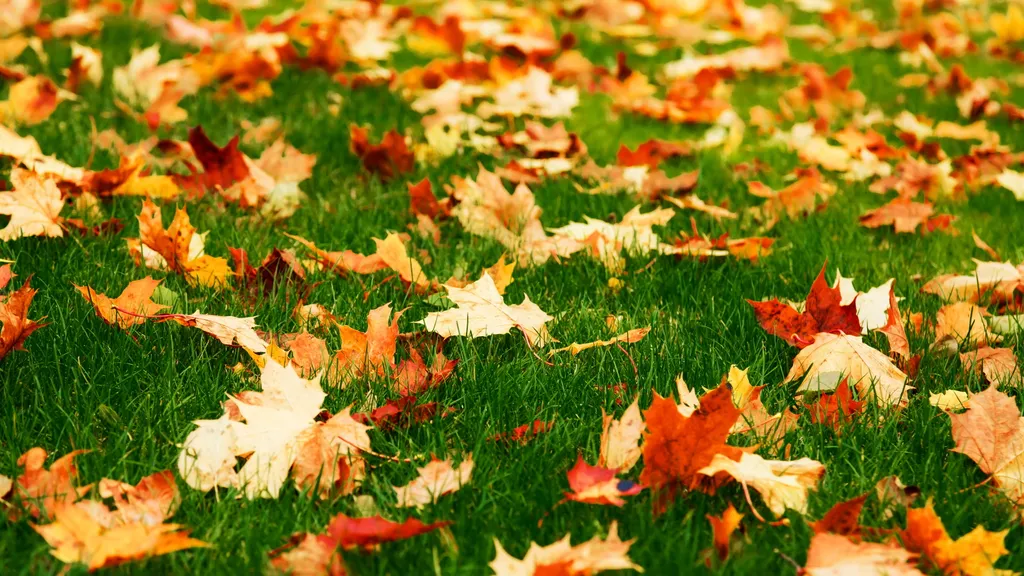As the seasons shift and temperatures drop, it’s easy to neglect lawn care. However, continuing to tend to your lawn through the fall can significantly impact its health over the winter and lead to a lush, vibrant lawn in the spring. Keeping up with fall lawn care is crucial, and it’s a great time to address common lawn issues and prepare for future repairs.
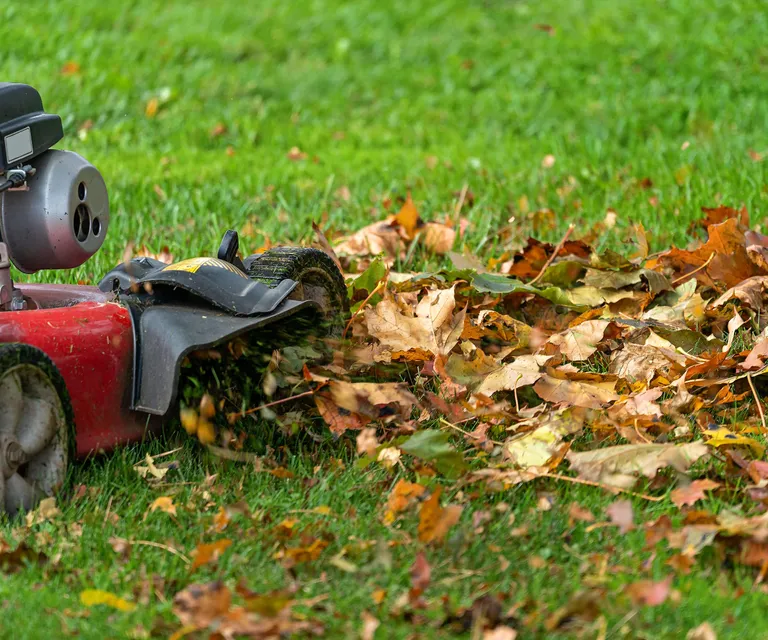
Here’s a list of essential tasks to ensure your lawn remains healthy and resilient through the colder months:
10 Essential Fall Lawn Care Tasks
1. Seed Your Lawn
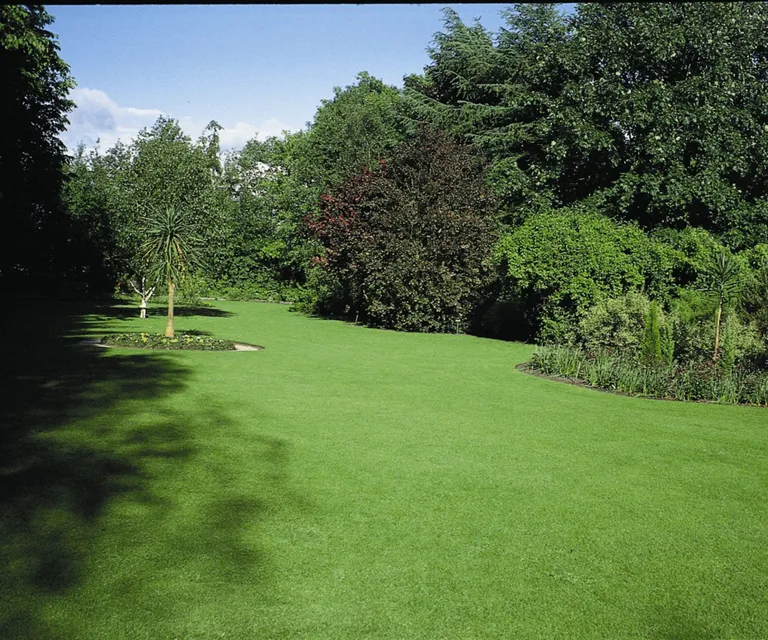
Seeding your lawn in early fall helps it grow green and thick come spring. Aim to seed when soil temperatures are between 50-65°F, usually six to eight weeks before the first frost. This timing allows roots to establish before winter dormancy. Using a mix of quick-germinating and slow-growing grass varieties can ensure immediate coverage and long-term lawn health. Prepare the seedbed by killing weeds and breaking up compacted soil. Aerate the soil to improve seed-to-soil contact and promote healthier root growth.
2. Do a Soil Test
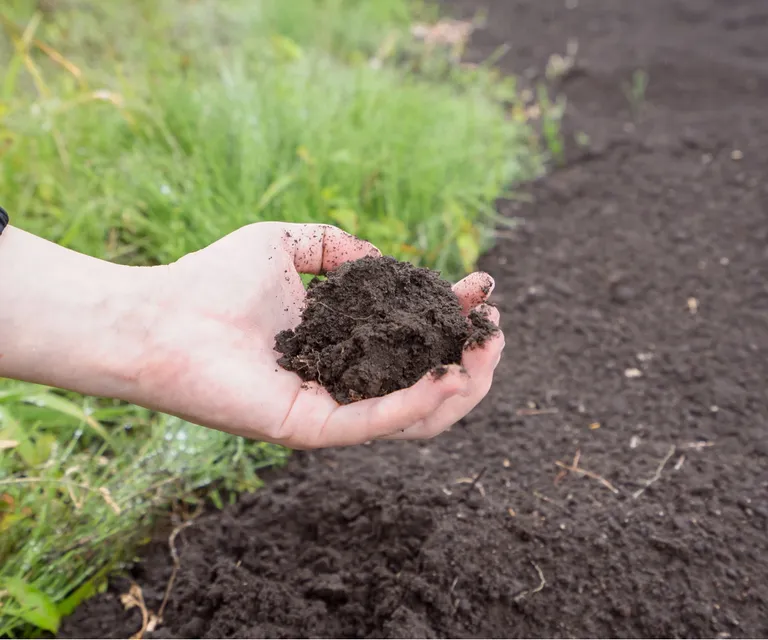
Fall is an ideal time to test your soil for nutrient deficiencies or pH imbalances. This information helps you address any issues before winter, which can improve soil health and lawn growth in the spring. If deficiencies are found, use fall as an opportunity to fertilize and enhance soil conditions.
3. Fertilize Your Lawn

Applying fertilizer in fall is important, especially if a soil test indicates nutrient deficiencies. Grass can take up nutrients more effectively from September to March, storing them for a strong start in spring. Consider a fall weed-and-feed treatment, and fertilize again in late October or early November to support recovery from summer stress.
4. Focus on Fungi Prevention

Fall is when some fungi become more visible, but preventative measures can protect your lawn. Apply a liquid fungicide to target and eliminate existing fungi and prevent new growth. Avoid overwatering, which can contribute to fungal issues. If you encounter mushrooms, use gloves and handle them carefully, as some fungi can be harmful.
5. Lay Out Insecticides

Fall is also the time when insect larvae are active and can damage your lawn. Use targeted insecticides to break pest lifecycles and consider encouraging beneficial insects to help control pests naturally. Look for eco-friendly options to minimize environmental impact.
6. Get Rid of Moss

Moss and algae can indicate underlying soil health issues and compete with grass for resources. A soil test can help determine if you need to adjust pH or apply fertilizer. Improving soil fertility, drainage, and air circulation can help reduce moss and algae. Thinning tree branches to increase sunlight can also promote healthier grass growth.
7. Tend to Brown Patches

Brown patches can result from various issues, including fungal infections, excessive fertilizer, or seasonal changes. Identify the cause and take appropriate action, such as core aeration followed by overseeding to rejuvenate affected areas. Incorporating compost into aeration holes can speed up recovery.
8. Aerate Your Lawn

Aeration reduces soil compaction, improves water and nutrient absorption, and creates a better environment for root growth. Core aeration, using a coring tool to remove soil plugs, is particularly effective. It can also help reduce moss and weed growth and address waterlogging issues.
9. Mow and Rake Your Lawn
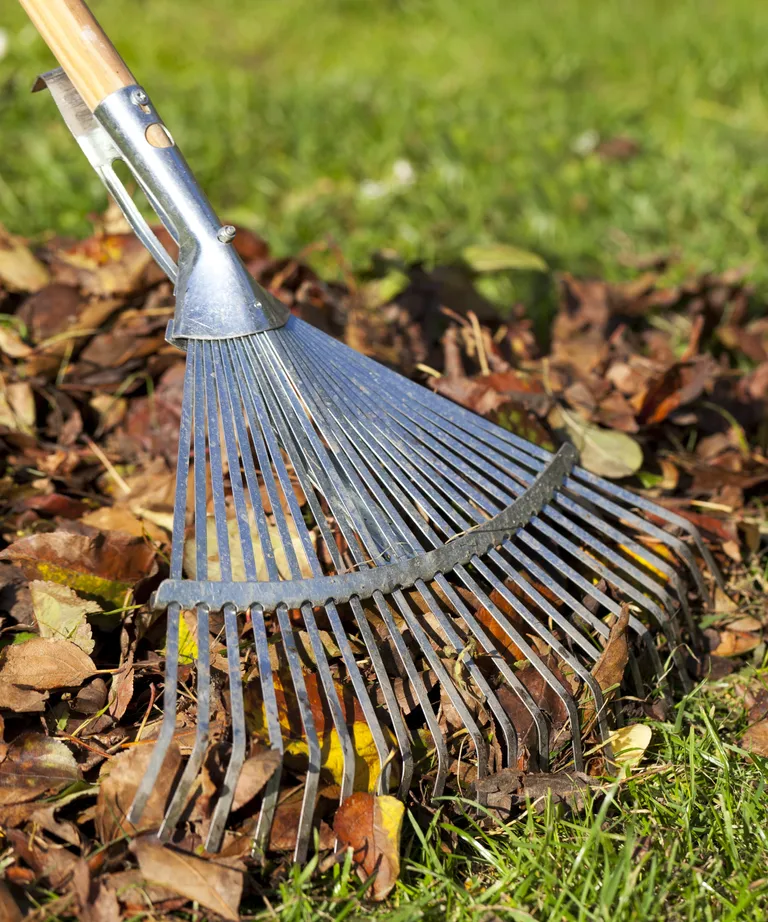
Keep your lawn free of debris and leaves, which can harbor pests and diseases. Mow your lawn one last time before winter, but avoid cutting too short, as this can expose roots to freezing temperatures. Use fallen leaves as mulch for flower beds or compost them if preferred.
10. Continue Watering Your Lawn
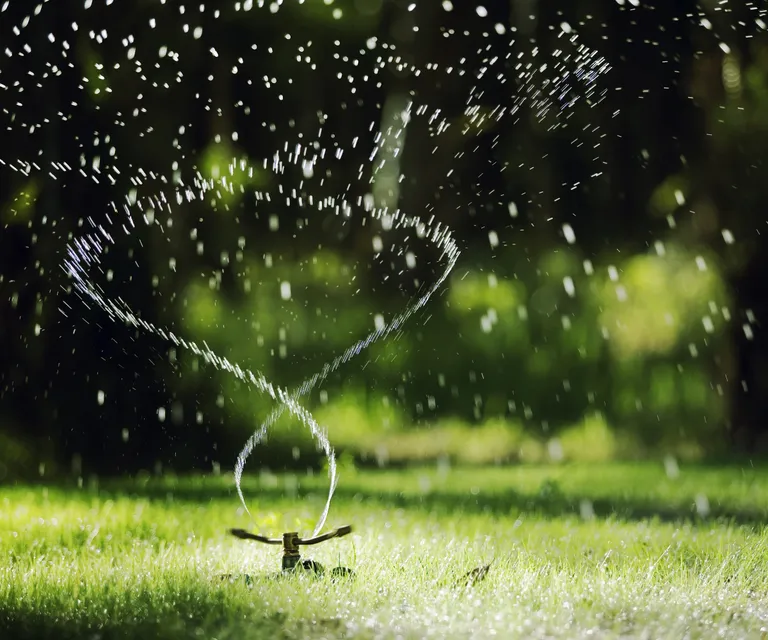
Even as temperatures drop, your lawn still needs water to maintain healthy roots. Continue watering until the weather becomes too cold for grass to grow. Monitor local conditions and avoid overwatering, which can lead to root rot.
By following these fall lawn care tips, you’ll help ensure that your lawn stays healthy through the winter and emerges strong and vibrant in the spring.

